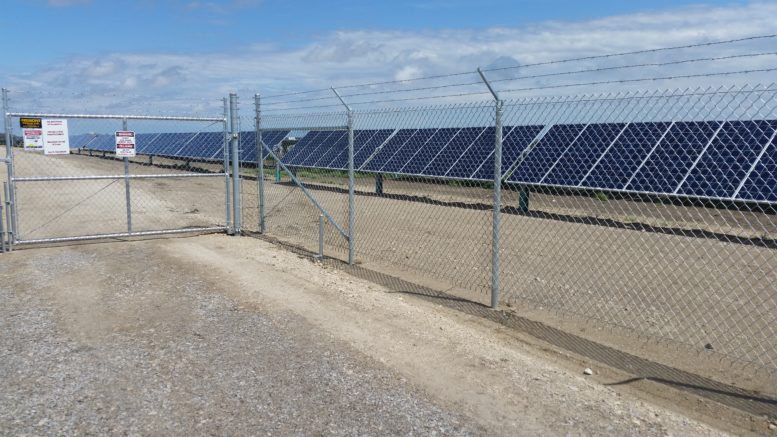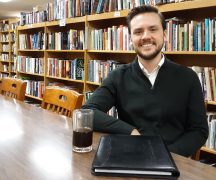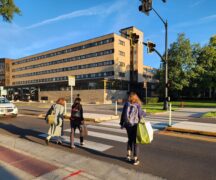By JAN LARSON McLAUGHLIN
BG Independent News
A resolution calling for Bowling Green to create its first sustainability and climate action plan was met with both support and words of caution from Mayor Mike Aspacher last week.
Aspacher expressed concern that it is premature for the resolution to set a date for the city to meet net zero carbon emissions. A deadline should come after the plan is created – not be predetermined, he said.
The mayor also asked that the city’s Board of Public Utilities approve any final sustainability plan.
But Aspacher also stressed his support of sustainability efforts.
“I remain committed to working cooperatively with council,” he said.
The resolution tasks a committee of city staff and community members with creating a sustainability plan to reduce greenhouse gas emissions from city operations and electricity production.
Council member Rachel Phipps was supportive of the mayor’s suggestion to involve the public utilities board.
“Our city’s residents and partners in business and industry rely on our utility and its competitive rates. Seeking the board’s involvement and approval will be important,” Phipps said after the meeting.
The resolution’s findings point out that the city already has much to be proud of, with nearly 40% of its electricity being produced from renewable sources, Phipps said.
“City staff and our utility, former councils and mayors, and our citizens have worked hard on this stuff over many years,” she said. “This resolution really honors that work and keeps that great momentum going.”
Council’s new sustainability committee, chaired by council member Jeff Dennis, sponsored the legislation.
City Council committed to the development of a climate action plan for Bowling Green at a February 2020 strategic planning meeting.
The first step in creating a Sustainability & Climate Action Plan is measuring the city’s greenhouse gas emissions. Primary greenhouse gases include carbon dioxide, methane, and nitrous oxide. Understanding the city’s current greenhouse gas emissions will allow the community to set goals and measure progress.
A report from Aspacher earlier this year referenced key findings of a sustainability study that demonstrate proactive operations and policies already in place:
• 40% of BG energy is from renewable energy sources, greatly exceeding the state average of 3% and national average of 20%.
• Bowling Green is home to the first commercial wind farm in Ohio and, currently, the largest solar field in the state of Ohio.
• To help reduce electric consumption and increase efficiency, the city has provided the Efficiency Smart program to its residents and businesses for over 10 years, resulting in an annual CO2 savings of nearly 70,000,000 pounds.
• Residents are provided the EcoSmart Choice program allowing customers the option to pay a little more for their electrical usage to support renewable energy – up to 100%.
• Bowling Green has 400 acres of park land covering 10 sites – a park within roughly 1.5 miles from every home.
• The City of Bowling Green supports recycling/organics recycling programs including the recent expansion of the curbside recycling program and the addition of the Pilot Food Waste Drop Off.
• The City of Bowling Green Municipal Utilities department has built and maintains state of the art water and wastewater treatment facilities that meet or exceed federal water quality requirements, as well as EPA wastewater standards, and continues to make improvements to increase water quality, reliability, and sustainability.
• BG has invested in sustainable building practices with new city facilities such as the planned City Building and recently completed City Park Veterans Building, as well as renovation projects to city owned buildings.
A few goals outlined in the report that the mayor asked staff to begin immediately are:
• Working with the Downtown Bowling Green SID and business owners to develop a pilot recycling program for downtown businesses.
• Completing a litter study and evaluating the need for additional trash receptacles in public areas.
• Continuing to be leaders in the climate action movement by completing an emissions inventory.
• Involving and engaging the community in educational outreach programs and incentives.
• Continuing to promote the sustainability efforts already underway in Bowling Green.
• Continuing to add electric and hybrid vehicles to the city’s fleet.
• Reviewing the impacts and possibility of adding additional electrical vehicle charging stations in public areas as well as the possibility of adding electric charging stations in private parking lots.





